Macs were at the forefront of the desktop publishing revolution, bettering PC rivals when it came to colour accuracy and typography. The differences between macOS and Windows are less pronounced these days and file compatibility is typically strong when using suites available on both systems, such as Adobe"s Creative Cloud.
Nonetheless, the Mac still finds favour with the majority of designers. This is down to several factors: reliability; excellent niche apps only available for Mac (such as Sketch); and, frankly, Macs looking a lot nicer than PCs. (Designers aren"t shallow, but they do like style!)
So you want a Mac for your graphic design work, but is right for you? We"ve gone through Apple"s range and figured out the best machine for certain types of designers, but first want to cover some general tips you should be mindful of when buying a new Mac.
While we wait for Apple to introduce the iMac Pro and the new Mac Pro, here"s the lowdown on the best Macs for creative and design work. Read more about the new iMac Pro and the new Mac Pro here.
What you design affects the Mac you buy
The further you go back in time, the more defined and focused creative roles were. But these days, a designer may work across many fields. That"s not to say there aren"t still people solely working up magazine layouts in InDesign, but the modern designer is just as likely to be delving into illustration, interface design, and 3D.
The extremely rapid shift towards digital further complicates matters. A decade ago, perfect colour reproduction might have been the main concern for a designer when it came to buying new kit. But today, designers are increasingly likely to be working on screen-based design. The nature of employment may also require them to be more mobile.
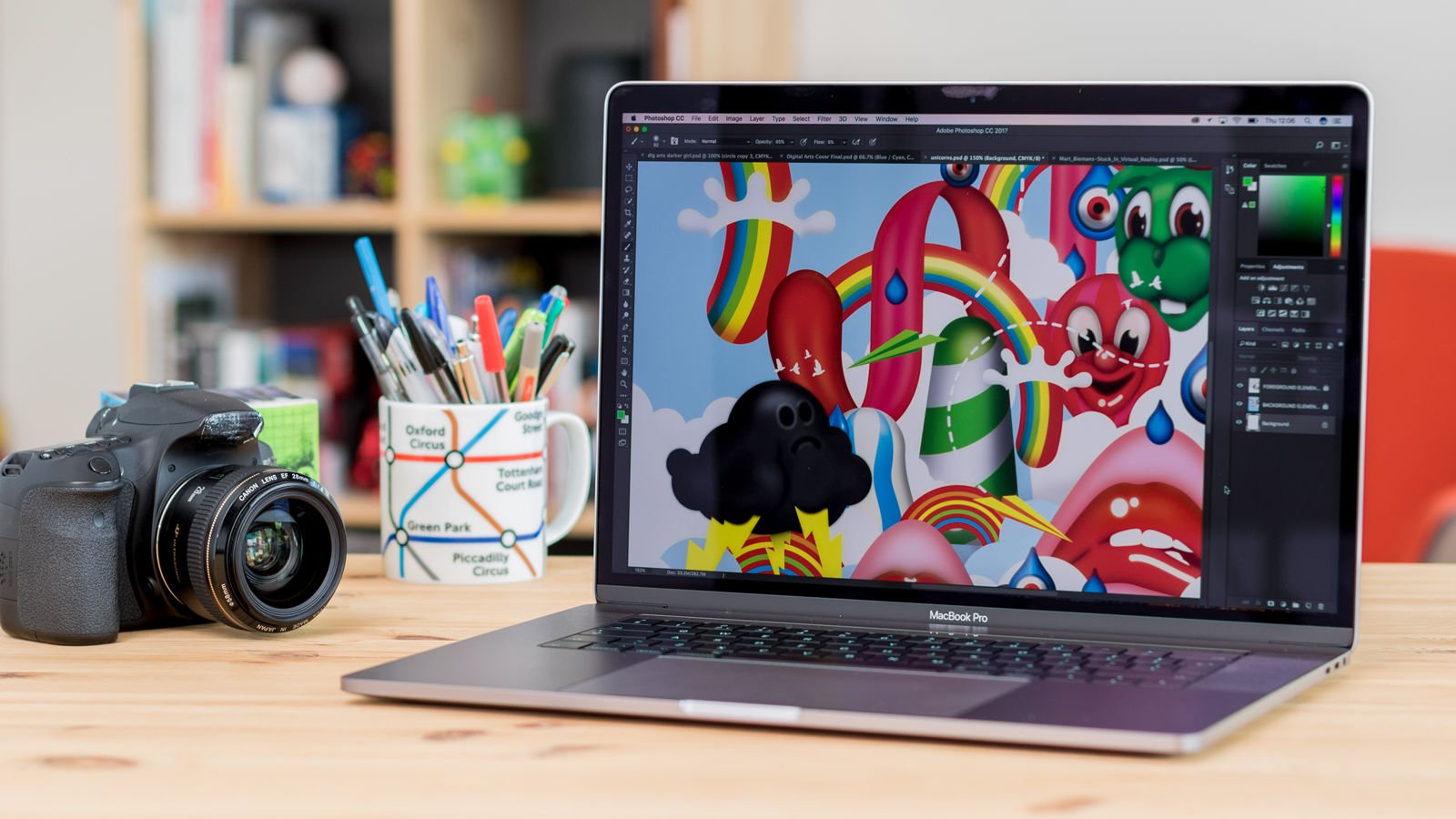
RAM and storage
Two things that haven"t really changed over the years is the tendency for design applications to be RAM-hungry, and for the majority of design projects to require a fairly hefty amount of storage. In both cases, you need to be careful, because Apple now largely considers Macs sealed units. In most cases, you can no longer later add extra RAM or storage (read our guide to replacing RAM in your Mac here).
With storage, you can at least utilise external drives for housing weighty folders and archives. With RAM, there"s nothing you can do; our advice is to order extra RAM with your Mac, even if Apple"s pricing for this is akin to having your wallet mugged. If you buy a Mac where you can still add RAM at a later point, such as the Mac Pro or 27in iMac, you could go third-party instead.
Best displays
We touched on this earlier, but design has become more complicated of late from a displays standpoint. Once, you"d have wanted a high-end matte display from a company like Eizo, with almost perfect colour reproduction.
Some traditional graphic designers reel when confronted by the glossy displays found on an iMac (although it has to be said that these displays aren"t as glossy as they were a few generations ago).
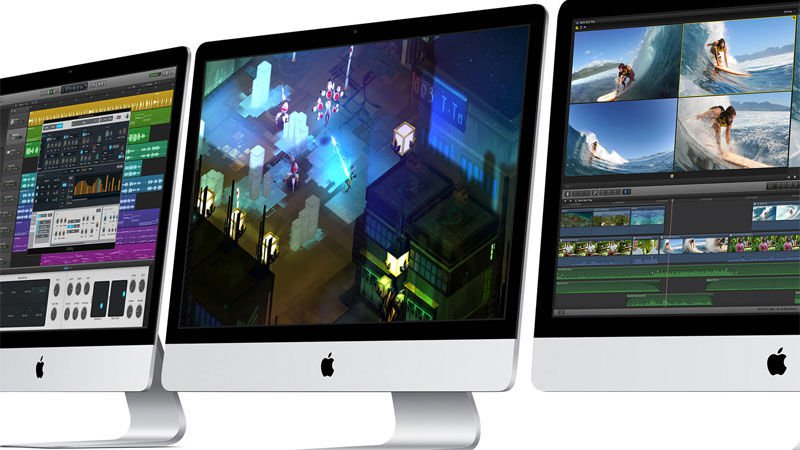
But things aren"t so simple. Many designers work primarily on projects intended entirely for screen, including digital magazines, websites, and app interfaces. High-res displays are a further consideration.
Apple"s mobile devices all now boast Retina displays; on the desktop, the rise of "Retina" is slower, but seemingly inevitable. Now, only the MacBook Air and entry level 21in iMac lack one. You therefore must consider whether your role will primarily entail creating content for such displays, and buy a Mac accordingly.
Also consider future-proofing. If your Mac"s going to last a few years, buy for the present and future, not the present and past. Find out which is Apple"s fastest Mac here.
Desktops vs portable
What kind of designer are you when it comes to the jobs you do? Are you the type that never leaves the office, in which case a desktop system might suit? Are you a roving freelancer, augmenting a different in-house team on a month-to-month basis? If so, you probably don"t want to be lugging a 27in iMac around on a train.
Often, notebooks are seen as the best compromise regardless, because they provide flexibility. Even if you only rarely visit clients or work away from an office, you can take a portable Mac with you. But they"re also more expensive than broadly equivalent desktops.
For example, the entry-level Touch Bar version of the 13in MacBook Pro (3.1GHz i7; 256GB SSD; 8GB RAM; Intel Iris Graphics 650; 2560 x 1600 resolution) costs a whopping £1,749, £300 more than the priciest 4K 21.5in iMac (3.4GHz i5, 1TB HDD; 8GB RAM; Radeon Pro 560; 4096x2304 resolution).
But now let"s get down to business: the best Macs for specific kinds of designers…
Print design
The best Mac for print design is the 27in iMac 5K.
Once you get beyond business cards and tiny flyers, print projects tend to benefit from a large canvas on which to design. If you"re working on magazines, you want to be able to have a double-page spread before your eyes, as close to full-size as possible. When designing larger fare, you don"t want to be navigating it on a tiny notebook display.
You don"t get bigger than the 27in 5K iMac, which boasts a screen resolution up to a mammoth 5120 x 2880. Some designers might still be a bit sniffy about the glossy display, but those in modern iMacs are vastly improved over previous generations, and can be successfully colour-calibrated if you"re not happy with what you get out of the box.
Any of the existing models will do the job for print design. Pay more, you get processing power boosts and improved graphics cards, but the £1,749 model should be fine. For a more responsive system, you might consider swapping out the hard drive for an SSD, though. RAM can be upgraded at a later date.
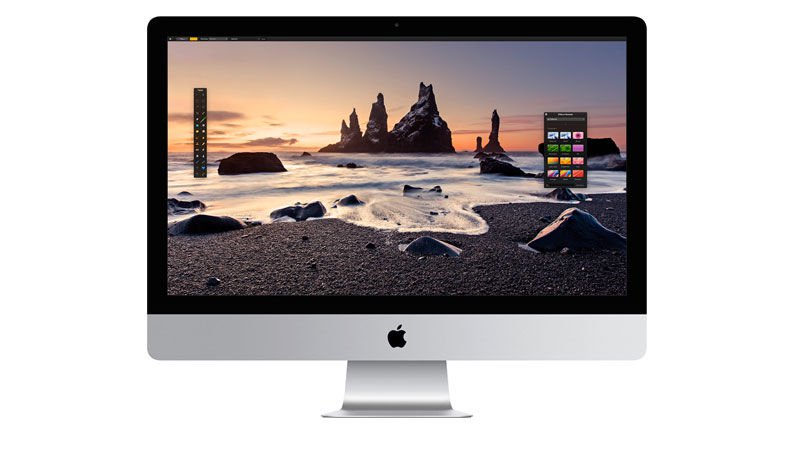
Web design
The best Mac for web design is the new MacBook Pro.
Web design canvases now vary wildly (in the sense responsive sites must support anything from a watch face up to a massive telly), but so too do work environments. While it"s undoubtedly advantageous for web designers to have a big display, it"s even more important to be mobile, in order to take on new jobs at a moment"s notice.
A MacBook Air would be sufficient for web design tasks, but if you"ve got the money, go for the new MacBook Pro. The high-res screen gives you a better impression of how your work will look on mobile devices and modern notebooks, the new Pro is wonderfully slim and light (the 13in model with Touch Bar is 1.37kg, barely any heavier than the 1.35kg Air), and a Pro can be configured to be extremely powerful. And that Touch Bar looks great, is lots of fun to use and could prove highly useful, although it"s early days on that front.
Down side: it"s really expensive, although ever since the Brexit vote virtually all of Apple"s hardware has received a price hike.
The 256GB 13in model with Touch Bar (£1,749) is a decent pick, although we"d consider increasing the RAM to 16GB on purchase, too. That"ll add another £180 to the price tag.
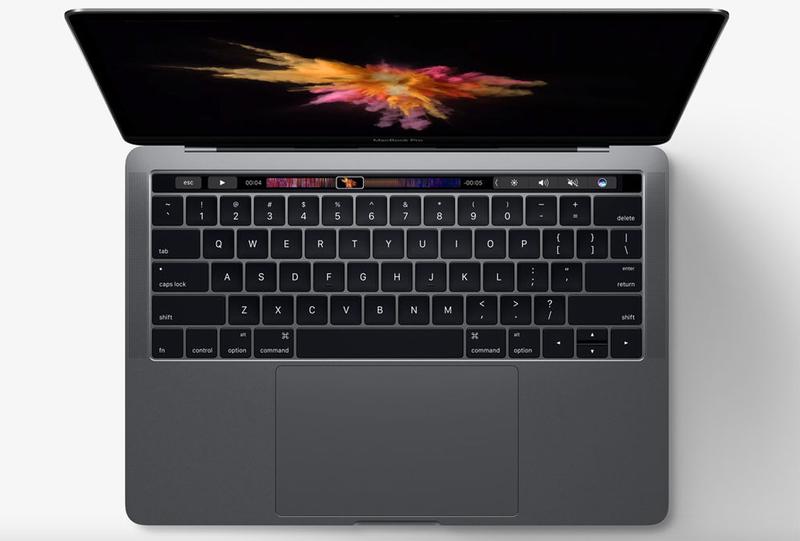
Interface design
The best Mac for interface design is the 27in iMac 5K.
Interface design can of course encompass web design, but with this option we"re thinking more in terms of apps. Many designers these days are creating interfaces for iPad, iPhone and Android apps, along with content for smart televisions and games consoles.
The ideal Mac here would give you a 1:1 impression of what you"re designing, at full size. The 27in 5K iMac"s 5120 x 2880 display just about manages that, even enabling you to squeeze in an iPad Pro interface in portrait (2048 x 2732).
A cheaper alternative would be the 21.5in 4K iMac (from £1,249), which boasts a resolution of 4096 x 2304 - enough for an iPad Air display in either orientation or a 12.9in iPad Pro in landscape. With the 21.5in model, be mindful that you cannot upgrade the RAM at a later date, so we recommend you start with 16GB.
3D design work
The best Mac for 3D design work is the iMac Pro.
The iMac Pro is colossally expensive. At its cheapest, with no added extras, you"re talking £4,899. But for certain kinds of work - notably high-end 3D design - you need all the power you can get, and the iMac Pro has that in spades with its 3.2GHz 8-core Intel Xeon W processor (at the base price) and at least 32GB RAM.
You get 1TB SSD storage and a stunning 27in 5K display, the best ever seen on a Mac. It"s great to see an alternative to the Mac Pro that hasn"t been updated since 2013, but it"s still a lot more expensive.
It"s also exclusively in Space Grey, which is awesome. Check it out.
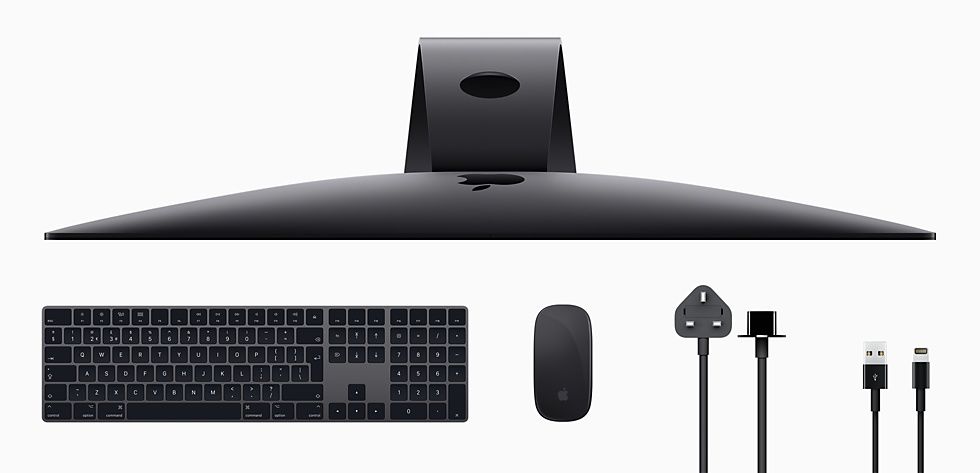
For more Mac buying advice that"s specific to what you plan to do with the Mac, you might want to check out the Best Mac for video editing.
Designers on a budget
The best Mac for designers on a budget is the Mac mini.
Realistically, any modern Mac is broadly suitable for the majority of design work - it"s just that less powerful machines will slow you down. Any Mac is also an investment in your career, but if you"re just starting and really can"t afford to splash out on the more expensive fare recommended elsewhere, a Mac mini will do.
The low-end model is best avoided, but the mid-range Mac mini 2.6GHz i5, upgraded to give it 16GB of RAM, will set you back £859. You can then add a perfectly decent third-party display from the likes of Dell for around £150. The advantage with this kind of system is its modularity - should one component fail, you can replace just that part rather than everything.
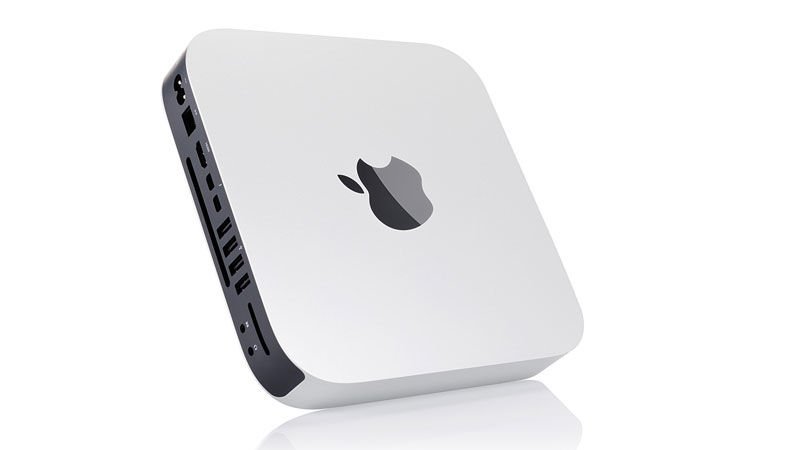
Accessories
There are far too many specific accessories to recommend in a feature like this, and so we"re going to offer some general tips.
Regardless of the Mac you buy, ergonomics should be a priority. Designers tend to burn the midnight oil, and that can wreck your back and neck if you don"t have a decent working position. Get a good chair, and ensure your eye meets a point roughly a third of the way down your display. If using a notebook, do not sit hunched over it for hours; consider buying a separate display, keyboard and pointer device when working in an office.
Alternate input devices are worth checking out. Apple"s Magic Trackpad 2 is fine for the occasional bit of doodling, but really you want a stylus-based tablet system for drawing. Even the smaller consumer-oriented Wacom tablets are fine as a starting point - an A6 will be small enough to use alongside a keyboard, and can also double as a general pointing device, enabling you to "snap" the cursor across a large display (rather than mouse or trackpad "scrubbing"). For illustrators, though, a larger tablet will be more beneficial in terms of precision and responsiveness.
No comments:
Post a Comment